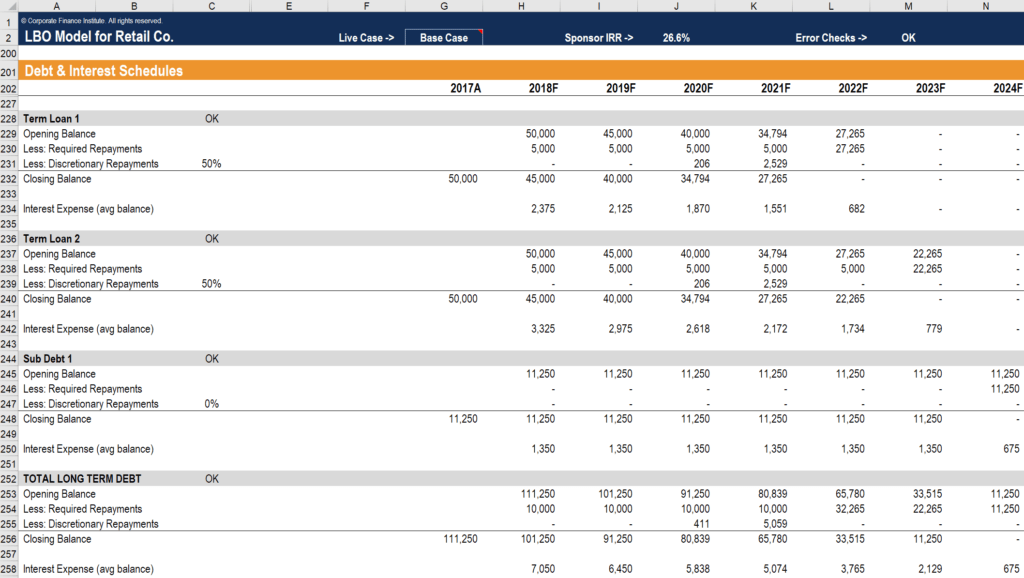
However, consideration should be given to the time when the loan was made and also to the shareholder intention when lending money to their company.įor example, if when the loan was made there was an expectation of deriving dividend income, even though no interest was charged, the loan may not be considered to be a personal use asset held by the shareholder.

In TD2 the Commissioner specifies that a capital loss is not allowed on the disposal of a non-listed personal use asset (s 108-20 of ITAA 1997). If interest was not charged there is a risk that the loan may be a personal use asset. A capital loss should apply for the shareholder as interest was charged on the loan. (Please note that if the company had the ability to pay the loan then the market value may be its face value, thus resulting in no capital loss to the shareholder). Subsection 116-30(3A) says that the market value should not be ascertained by the act of forgiveness. At the time the event occurred the market value of the loan was NIL as it was clear to the shareholder that the loan was unrecoverable since the company was closing down and unable to pay the debt. In the case of the shareholder (the lender) the event that gave rise to CGT event C2 is when the forgiveness of the loan to the company was formally effected. Based on these aspects, it is very important to establish the timing of the CGT event. The market value of a CGT asset that is subject to CGT event C2 is worked out as if the event had not occurred and was never proposed to occur (sec 116-30(3A)). Generally the cost base of the loan is the amount of the loan.Īs mentioned above, under the market value substitution rules in relation with a CGT event C2, the capital proceeds from a CGT event are replaced with the market value of the asset at the time of the CGT event if no proceeds were received or those capital proceeds are more or less than the market value (sec 116-30).The market value of the debt at the time of disposal is worked out as though the debt was not waived and was never intended to be waived.If the lender does not receive any consideration for the disposal of the debt, the market value substitution rules (s116- 30(2) ITAA 1997) apply and the lender is taken to have received an amount equal to the market value of the debt at the time of the disposal.However in “CGT Determination Number 2” (TD2) the Commissioner specifies: The debt is considered to be an asset of the lender (sec 108-5 of ITAA 1997), at a cost base equal with the amount of the loan with no consideration to be received by the lender, thus resulting in a capital loss. A loan receivable is an asset for CGT purposes and when the loan is forgiven, CGT event C2 happens because ownership of the asset comes to an end (sect 104-25 of ITAA 1997).

If the shareholder decides to forgive the loan, the “forgiveness” will terminate the obligation of the borrower (the company) to repay the loan. The shareholder (the lender) is entitled to be repaid by the company. Guidance The creditor/lender: Shareholder (the lender)


 0 kommentar(er)
0 kommentar(er)
